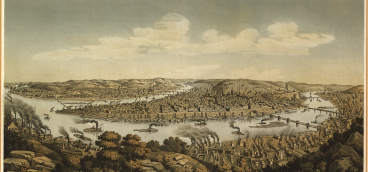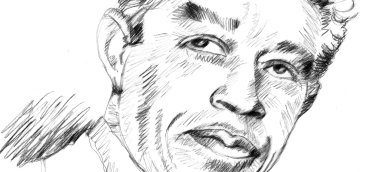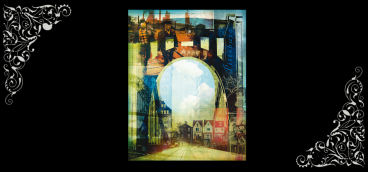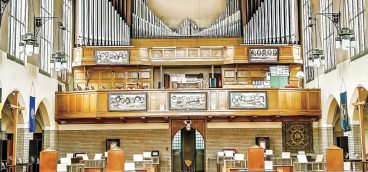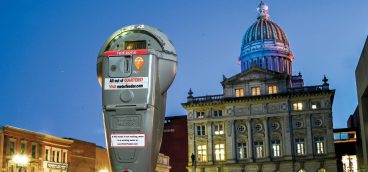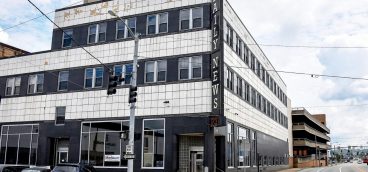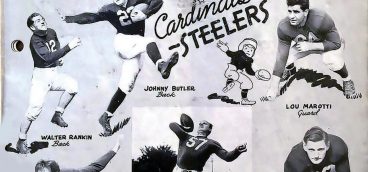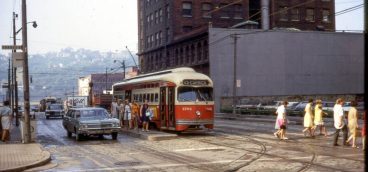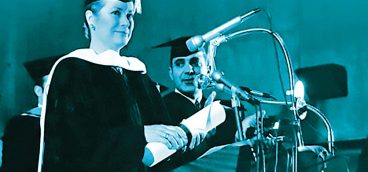Pittsburgh’s Contributions to the World, Pt. VI
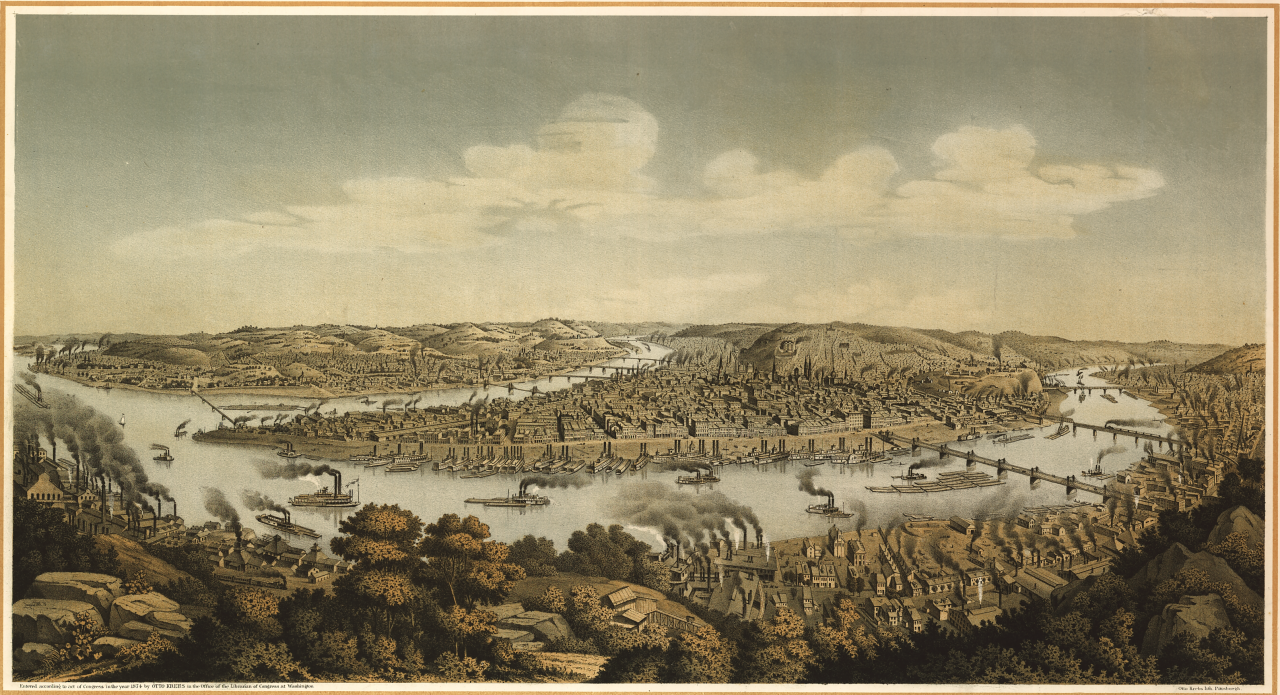
To celebrate the beginning of our 20th year, we’ve set out to catalogue the contributions that Pittsburgh and western Pennsylvania have made to the world. The list has grown and grown, and despite our best efforts, we know we’ll leave out key contributors. I think you’ll find that this small city at the confluence of three rivers has played an astonishingly outsized role in the creation of this country and the world we inhabit. So, read on, and be inspired to pick up the gauntlet and take your turn in building this great American city – Douglas Heuck
Rosie the Riveter – We Can Do It!
Rosie was a cultural icon representing women in the workforce during World War II. J. Howard Miller depicted Rosie flexing her biceps on a poster with the title “We Can Do It!” that he created in 1942 for Westinghouse Electric. As factories shifted to wartime production, women took on roles traditionally held by men, including work in steel mills and munitions plants. In Pittsburgh, women were vital to the city’s contribution to the war effort, embodying the resilience and adaptability symbolized by Rosie.

Charles “Commando” Kelly
A World War II hero from Pittsburgh, Kelly was awarded the Medal of Honor for his extraordinary bravery in combat. Serving in the U.S. Army’s 36th Infantry Division, he single-handedly held off advancing German forces during a critical battle in Italy in 1943, using grenades and small arms to protect his unit.
The Dravo Corporation – Landing Crafts for WWII
Founded in Pittsburgh in 1891, Dravo was a leading engineering and construction firm specializing in river navigation and shipbuilding. Known for innovations in barge and towboat design, Dravo played a vital role in modernizing U.S. river transportation. During World War II, the company built landing craft and other naval vessels, further cementing its legacy in American industry.
The Jeep
The iconic American vehicle was born in the Pittsburgh metro area. During World War II, the U.S. Army sought a versatile, lightweight vehicle for military use. The American Bantam Car Company, based in Butler, submitted the winning design, creating the prototype for what would become the Jeep. Known as the Bantam Reconnaissance Car, it set the standard for durable, maneuverable vehicles used throughout the war. Larger manufacturers such as Willys-Overland and Ford ultimately mass-produced the Jeep.
Thomas Bell – “Out of This Furnace”
Published in 1941, Bell’s historical novel is the story of three generations of a Slovak immigrant family, focusing on attempts to unionize a steel mill from 1889 through the 1892 Homestead Steel Strike all the way up to World War II.
Jimmy Stewart – Hollywood Legend
One of Hollywood’s most beloved actors, Stewart was born in 1908 in Indiana, Pennsylvania. Known for his distinctive voice and affable demeanor, Stewart became a symbol of the everyman in American cinema. His early life in Indiana, where his family owned a hardware store, instilled in him the values of humility and hard work that would define his career. After studying architecture at Princeton University, Stewart pursued acting and found success on Broadway before transitioning to film. He became a leading star of the Golden Age of Hollywood, appearing in classics such as “Mr. Smith Goes to Washington” (1939), “It’s a Wonderful Life” (1946) and “Harvey” (1950). His performances, characterized by authenticity and emotional depth, earned him widespread acclaim, including an Academy Award for Best Actor for “The Philadelphia Story.” Stewart was also a bomber pilot in the U.S. Army Air Corps in World War II, one of the few Hollywood stars to serve in active combat. The town of Indiana celebrates his achievements through the Jimmy Stewart Museum.
The Maxo Vanka Murals
Located in St. Nicholas Croatian Catholic Church in Millvale, the murals are a powerful testament to the intersection of art, religion, and social commentary. Painted by Croatian-American artist Maxo Vanka between 1937 and 1941, these murals depict scenes of faith, immigrant struggles, and the impacts of war and industrialization. Through bold imagery and emotional depth, Vanka conveyed the experiences of Pittsburgh’s immigrant communities, particularly Croatian laborers. Striking visuals, with scenes such as “The Immigrant Mother” and “The Capitalist,” challenged viewers to reflect on inequality and the sacrifices of working-class individuals. Today, the murals draw visitors from around the world and serve as a symbol of Pittsburgh’s immigrant heritage.
Kennametal – Industrial Digging Tools
A global leader in metalworking and materials innovation, Kennametal was founded in Latrobe in 1938. Specializing in tungsten carbide tools and advanced materials, the company revolutionized manufacturing processes across industries, from aerospace to mining.
Marcia Davenport – The Valley of Decision
Davenport was an accomplished novelist and biographer best known for her 1942 novel, The Valley of Decision, which offers a sweeping portrayal of Pittsburgh’s steel industry during the late 19th and early 20th centuries. Born in New York City, Davenport was connected to Pittsburgh through her stepfather. The Valley of Decision was a critical and commercial success, earning praise for its vivid depiction of industrial life and its nuanced characters. The novel was made into a popular movie starring Gregory Peck, Greer Garson and Lionel Barrymore.
George C. Marshall and The Marshall Plan
A native of Uniontown, Marshall was a respected military leader, statesman, and architect of the post-World War II recovery plan that bears his name. Born in 1880, Marshall graduated from the Virginia Military Institute and rose through the ranks of the U.S. Army, earning a reputation for his strategic acumen and leadership. During World War II, as Army Chief of Staff, he oversaw the expansion and modernization of the military. Following the war, as Secretary of State under President Harry Truman, he developed the European Recovery Program, better known as the Marshall Plan, to provide economic aid to war-torn European nations, foster stability, and prevent the spread of communism. The plan is one of the most successful foreign aid programs in history, earning Marshall the Nobel Peace Prize in 1953.
Herb Douglas – Olympic Medalist
Douglas was an Olympic medalist and trailblazer born in Pittsburgh in 1922. As a long jumper, Douglas won a bronze medal at the 1948 London Olympics, becoming one of the first African American athletes to achieve international recognition in track and field. Beyond sports, he excelled in business and philanthropy, dedicating his life to mentoring young athletes and promoting education.
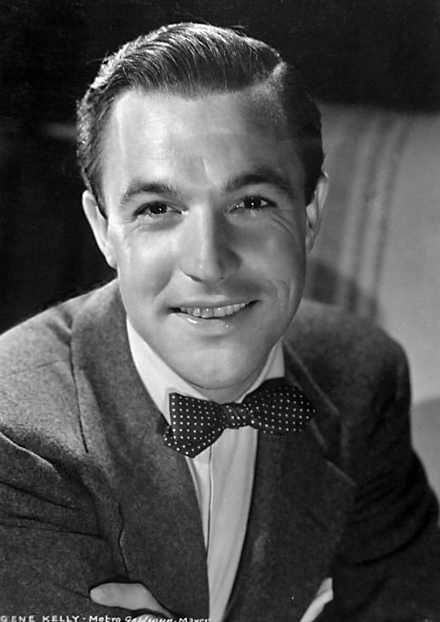
Gene Kelly – Actor, Dancer and Choreographer
One of Hollywood’s best-known actors, dancers, and choreographers, Kelly was born in Pittsburgh in 1912. Raised in the East Liberty neighborhood, he began dancing at an early age and studied at the University of Pittsburgh before pursuing a career in entertainment. His dynamic energy and innovative style revolutionized dance on film, blending athleticism with grace and making dance accessible to a broader audience. Kelly’s career soared in the 1940s and 1950s with classics “Singin’ in the Rain,” “An American in Paris,” and “On the Town.” His choreography integrated narrative and emotion into dance sequences. The iconic scene of Kelly dancing in the rain with an umbrella remains one of the most memorable moments in film history. He won an honorary Academy Award in 1952.
First Nuclear-Powered Submarine
Pittsburgh’s Westinghouse Electric Corporation played a pivotal role in developing the world’s first nuclear-powered submarine, the USS Nautilus. Launched in 1954, the submarine was powered by a nuclear reactor designed by Westinghouse’s Bettis Atomic Power Laboratory. This achievement showcased Pittsburgh’s leadership in nuclear technology and marked a milestone in naval engineering. The Bettis lab has been fundamental to U.S. naval nuclear technology since its establishment in 1949, and instrumental in advancing nuclear safety and technology.
WQED – First Community-Supported TV Station
Established in 1954, WQED is the first community-supported television station in the United States. WQED has been a pioneer in public broadcasting, producing iconic programs such as “Mister Rogers’ Neighborhood.” Over the decades, WQED has continued to innovate in television and radio, contributing significantly to Pittsburgh’s reputation as a center for creative and educational programming.
General Matthew B. Ridgway - Distinguished Military Leader
Ridgway was Supreme Allied Commander for Europe, the 19th Chief of Staff of the U.S. Army, and Commanding General of the 82nd Airborne Division during World War II. His leadership, strategic acumen, and resilience under pressure made him a revered figure in the U.S. military.
Federated Investors – Created the Money Market Fund
Now known as Federate Hermes, Federated Investors was founded in 1955 by Pittsburgh high school classmates John Donahue, Richard Fisher and Thomas Donnelly. The investment firm is credited with being the first to have a “money market” mutual fund and is one of the top investment managers in the world.
Singer Laren – Dutch Museum and Concert Hall
The museum in the Netherlands town of Laren presents and preserves the collection of American artist William Henry Singer Jr. and his wife, Anna. Singer was the son of a Pittsburgh steel baron who was a friend of Andrew Carnegie and Henry Clay Frick. Instead of going into business, he pursued life as an artist, and the museum displays both his work and the couple’s collection, which includes art, sculptures and artifacts by members of The Laren School, the Hague School and Bergen School.
Rolling Rock Club
Established in the early 20th century in Ligonier, Rolling Rock is one of the nation’s renowned private clubs, admired for its natural beauty and outdoor activities on 25,000 acres. Founded by the Mellon family as a rural retreat, the club features a world-class golf course, trout stream and hunting preserves. Its members come from across the country and include many high-profile individuals who enjoy Rolling Rock for the privacy.
The Donora Smog Inversion of 1948 and the Clean Air Act
Pittsburgh set the stage for the Clean Air Act during the mid-20th century, when the city was infamous for its severe air pollution caused by industrial emissions, particularly from steel mills and coal-burning plants. By the 1940s, the smog and soot were so dense that streetlights were needed during the day, and residents faced significant health risks. This dire situation spurred local leaders and citizens to demand change.
In 1946, Pittsburgh enacted the nation’s first comprehensive air pollution control legislation, the Smoke Control Ordinance, which introduced measures to reduce emissions, including requirements for cleaner-burning fuels. These efforts served as a model for other cities and demonstrated the feasibility of addressing air pollution through coordinated regulation and public support.
The Donora Smog Inversion of 1948 was one of the worst air pollution disasters in history, occurring in the industrial town of Donora along the Monongahela River near Pittsburgh. For five days in late October, a temperature inversion trapped pollutants from local steel and zinc plants, creating a toxic smog that blanketed the town. The smog was so bad that the crowd in the bleachers at the high school football game couldn’t see the players. Yet, the local populace was so inured to pollution that when ambulances arrived from Pittsburgh with people wearing gas masks, many residents denied there was a problem. The smog killed 20 people and caused respiratory distress in as many as 6,000 others.
The Donora incident gained international attention, sparking public outcry and scientific investigation into the health impacts of air pollution. It served as a wake-up call for policymakers and became a catalyst for the clean air movement. Today, the Donora Smog Museum commemorates the event’s role in shaping environmental awareness and policy, which led directly to the landmark federal Clean Air Act of 1970.
Dr. Jonas Salk – Saved the World from Polio
Dr. Jonas Salk, a researcher and physician based in Pittsburgh, achieved one of the most significant medical breakthroughs of the 20th century by developing the first effective polio vaccine. In the early 1950s, polio was a devastating disease, causing paralysis and death, particularly in children. Working at the University of Pittsburgh, Salk began researching the virus and sought a way to prevent its spread. His work focused on developing a vaccine using an inactivated form of the virus that could stimulate immunity without causing the disease.
In 1953, Salk announced successful preliminary results, which led to a massive clinical trial in 1954 involving nearly 2 million children, known as the “Polio Pioneers.” The trial, one of the largest in history, demonstrated the vaccine’s safety and efficacy. On April 12, 1955, the results were made public and the vaccine was hailed as a monumental success. Salk became a national hero for his role in eradicating a once-dreaded disease.
Unlike many scientists, Salk chose not to patent the vaccine, famously stating, “Could you patent the sun?” His altruistic decision ensured the vaccine’s widespread availability, saving millions of lives worldwide. The rollout of the vaccine was rapid, and within a few years, polio cases in the U.S. had dropped dramatically, marking the beginning of the disease’s eradication in many parts of the world.
The National Foundation for Infantile Paralysis, led by President Franklin D. Roosevelt, played a crucial role in funding the research, showcasing the power of community-driven initiatives, most notably in creating the March of Dimes campaign, a national model for decades.
Salk ultimately left Pittsburgh when then-University of Pittsburgh chancellor Edward Litchfield put up too many obstacles to Salk’s next goal. He built that goal in LaJolla, California, where the Salk Institute became a major economic generator in the biotech industry. The Institute’s building is one of the world’s great pieces of architecture, designed by Louis Kahn.


